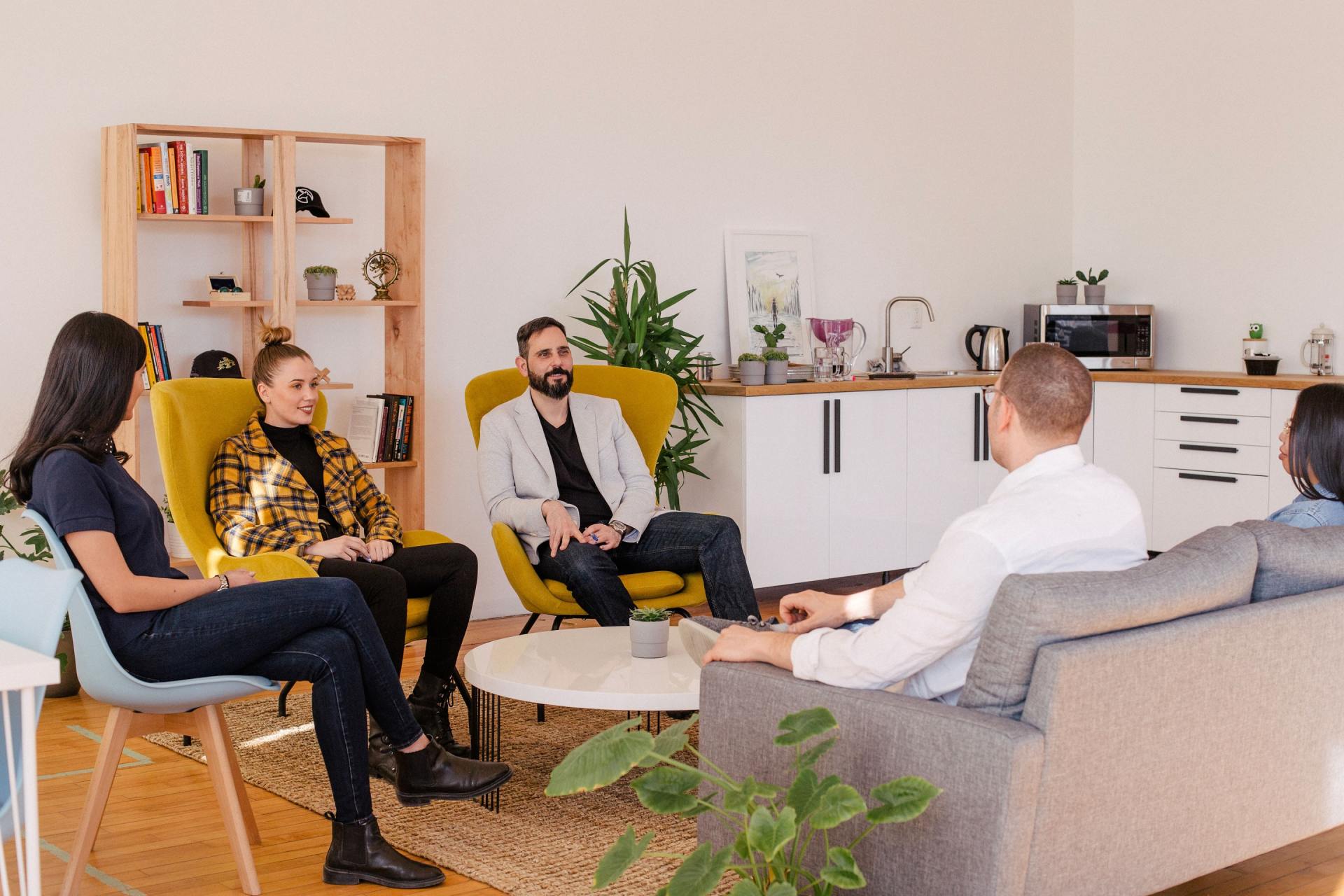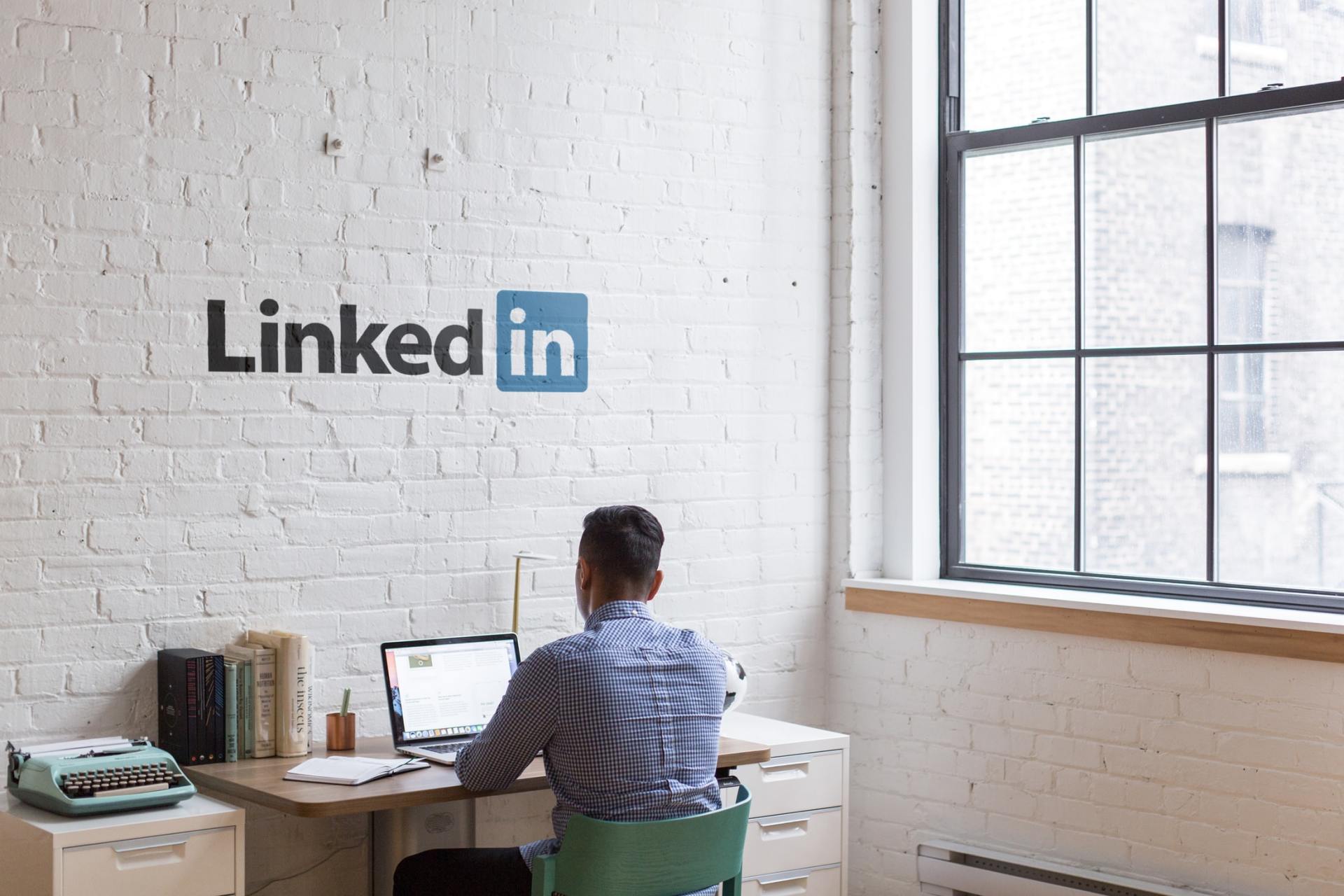How To Use LinkedIn Effectively
How To Use LinkedIn Effectively
Apart from the obvious things like completing all of the sections of your profile and having a professional looking photo — a selfie taken on a night on the town is probably not the best option — commenting and posting on LinkedIn is a great way to get noticed by recruiters and senior leaders in your industry.
My first post on LinkedIn was in April 2019. I had less than 300 connections at the time. The post was seen by a handful of people including my sister and a couple of friends who took pity on me and left a comment.
One year after my first post, I have over 3000 followers and my posts are regularly seen by thousands of connections. Recently one of my posts received over 18,000 views and 300 comments.
Those numbers might not be that impressive compared to some of the heavy hitters on LinkedIn (LI) but more important than the numbers is what posting regularly has done for me and my business. By building my network I’ve gained contract work and speaking opportunities and made some really strong connections who have helped me grow my business.
Here’s how and why you should use LinkedIn to build your personal brand.
1) Fear factor
I was a journalist for 16 years before I wrote my first post on LI. For months, I put off posting anything because writing about other people is easy compared to putting yourself out there.
Tim Grahl is a book marketing guru with multiple clients on the New York Times bestseller list. In his book ‘Running Down a Dream’ he writes about the fear of writing:
“It’s one thing to be afraid of getting in a car crash, a rabid dog attacking you or a mugger coming out of a dark alley...But what was I afraid of here? There was no physical danger in pursuing my writing… And yet, I was terrified. I was so afraid to put something I wrote out into the world.”
Susan Cain, the author of 'Quiet: The Power of Introverts in a World That Can't Stop Talking', tells a story about Darwin that should convince anyone who is wary of, or reluctant to share their story.
"People have always had to put themselves out there," says Cain. "We tend to think that in the good old days, no one had to self-promote the way we do today. True — but if they wanted to share, or lead, or create, they had to go public with their thoughts too. And this has always been scary. Darwin waited 34 years to publish his idea that humans and monkeys evolved from a common ancestor. Scholars call this 'Darwin’s Delay.'"
Whatever you post is unlikely to be as controversial, ground-breaking or important as Darwin's Theory of Evolution by Natural Selection, so why wait 34 years before publishing what's on your mind.
Overcoming your fears and lack of confidence is one of the biggest challenges to sharing your thoughts and opinions on LinkedIn. The only solution is to start.
2) It's all in your head
Successful business people are usually very good at what they do. They’re used to being in control. They strive for perfection. That’s what makes posting on LI so scary to some people.
You need to realise four things:
- If you haven’t written before, your first efforts will be far from perfect. Some of your early posts will probably suck. That’s okay.
- You are not in control of how people react to what you write. So it’s pointless worrying about it.
- There are no right or wrong answers on LinkedIn. It’s your story, your opinion, your truth.
- It gets easier.
3) Baby steps
To find your voice on LI, start by commenting on your connections’ posts or people in your industry who you think would be useful to connect with.
Commenting is King on LinkedIn. If you take nothing else away from this, start commenting on other people’s posts to build your visibility on LinkedIn. A like is lame and sharing someone else’s post is ineffective compared to a well thought out comment.
Sharing a post from another website is another surefire way of getting little or no engagement. LinkedIn doesn't like people to leave the platform so write your own introduction with your take on the story you want to share and include a link to the article in the comments. Ending with a question is a good way to generate debate.
Agree or disagree with what your connections post but be mindful that LI is a largely positive forum. Try and add value with your comments by cutting and pasting a relevant quote from a popular business book, or an example from your own experience that validates or contradicts the point made in the post.
Whenever you post something, make sure you like and reply to every person who takes the time to comment. Not only does this help build your relationship with that person, it helps your post be seen by more of their connections.
After you’ve commented on a post, send a connection request to the writer with a short, personal note explaining why you liked their post and why you want to connect.
You don’t need to invest much time in this exercise to get a return from it. Start with the 5x5x5 rule: Spend five minutes commenting on five posts and sending five new connection requests.
The bonus is that the more you read and comment on other people's posts, the more ideas you’ll come up with for your own posts. You’ll also build your tribe who will be invaluable when you start posting regularly yourself.
4) Write the way you talk
Sitting down in front of a blank screen can be torture. If you’re struggling, don't stress. The key to good writing is for it to sound so much like you that your friends can hear your voice when they read it. Your audience at the start is likely to be your friends and immediate connections and they will engage with your posts more if it sounds like you.
If you struggle with writing, try one of the many dictation or voice typing tools available on Google Docs or Word. By speaking instead of writing your post, you may find it flows a lot more naturally for you.
Putting your personality on the page is one of the keys to good writing. Here are some tips on how to express yourself in your posts:
✅ Use pop culture references. Whether you’re into music, movies, books or TV, try and work your favourite lyrics or quotes or scenes into your story and ideally your intro.
✅ Use real-life examples. People want to read about people not how your product or service does X, Y or Z.
✅ Use your failures as a teaching tool. Write about the lessons you learned from a project that crashed and burned. You’re more likely to gain trust and credibility for owning up to your mistakes.
As Samuel L. Jackson so memorably put it in Pulp Fiction: “Personality goes a long way.”
5) Mix it up
Use the different tools LinkedIn offers when it comes to posting. Try text posts, long form articles, post an image, make a video, or build a slide deck in Google Slides.
Mix up the type of content you post as well. The hard sell doesn’t work on LI. You have to give before you receive. Here’s my version of the E-I-E-I-O method for LinkedIn.
EDUCATE your audience by sharing your wisdom, expertise and experience. Give them free tools and tips.
INSPIRE your followers with positive stories of your successes and what you’ve learned from your failures. Share a personal story but make sure it illustrates a universal truth that will resonate with your audience.
ENHANCE your brand by telling people what you do, why you do it and what you’re up to. Take people behind the scenes and give them a sneak peek of the process involved.
INVITE your followers to share their thoughts, experiences and comments by asking a question at the end of your posts.
OUTRAGE or entertain with caution. Be wary your posts don’t come across as preachy or judgemental but don’t be afraid to state an opinion. Try to do it in a way that encourages debate.
6) Good times, bad times
A lot of people spend a lot of time trying to figure out how to play the LI algorithm. I’m not one of them. How LI decides who gets to see your post first and therefore determine whether it lives or dies depending on whether they like it or not, is still a mystery to me.
If you’re new to LinkedIn, start by writing one post a week and build up to two or three if you can. For three months last year I posted five days a week, Monday to Friday, but it wasn’t sustainable for me. It takes a lot of energy and time to commit to that type of schedule. Now I try to post on Tuesday, Wednesday and Thursday because the LI algorithm apparently rewards consistent posting.
Consistency = momentum = more engagement.
I try to block out five or ten minutes either side of when I post to engage with other people’s posts. If you leave a comment on one of your connection’s posts and you follow up with a post of your own a few minutes later, the rule of reciprocation suggests they are more likely to return the favour.
Getting early engagement on your post is more important than what time you post. Let your friends or work colleagues know when you post something new and ask them to like or comment on it. It's cheating in a way but the more engagement your post gets in the first hour, the more people in your network will see it. That’s just the way the LI algorithm works.
7) Thinking out loud
One of the benefits of posting consistently is it forces you to think about your business, your skills and what value you can add to your network. The best way to connect with people on LI is to translate your ideas and experiences into stories that other people can identify with.
Sharing your point of view on an important topic in your industry enhances your credibility and helps you build your reputation. Another benefit of publishing your thoughts is it helps you to clarify and elaborate on what you know about a particular topic. It helps improve your understanding while highlighting your expertise to existing or potential customers.
The daily discipline of posting 1300 characters has helped me write more concisely and efficiently. Writing helps clarify your thinking and you will get better at it if you comment and post regularly.
8) Be patient
LinkedIn is a long game so don’t expect results straight away.
Also, don’t be discouraged if people don’t comment or like your posts. It only takes one person to read a post and reach out to you as a result to make it worthwhile.
If a recruiter clicks on your profile and sees that you post valuable content about your industry on a regular basis, they are more likely to contact you to find out more about you and what you do.
About the author
Robert Tight is a number-one bestselling author and freelance content writer. He has previously worked as the Country Editor for The Red Bulletin (Red Bull’s global adventure lifestyle magazine) and is an award-winning freelance journalist for various newspapers and magazines including: ESPN.com, Metro, New Zealand Geographic, Sky Sport The Magazine, Herald on Sunday and the Sunday Star Times. He founded Storybud to help businesses find and tell better stories.






